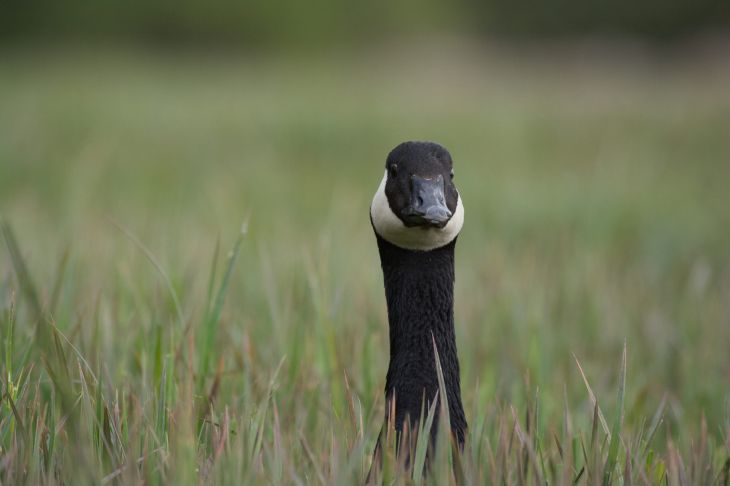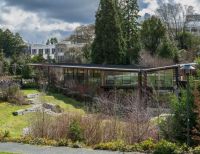How Vancouver’s geese affect our river systems
Science, Health & Technology
In a bid to control the Canada goose population in the city, the Vancouver Park Board has approved a plan for “lethal removal.”
The birds were introduced by humans in the late 1960s for hunting and other purposes, and they thrived. But the same is not true for the river ecosystem they feed on.
Population growth
The Canada goose population has grown from about 100 at introduction to more than 20,000, thanks to a combination of plenty of grass and water, few natural predators such as eagles and coyotes, and restrictions on hunting of the birds.
Vegetation loss threatens salmon habitat
According to a study conducted by MSc student Dominic Janus, geese consume important vegetation in the Fraser River estuary. This vegetation provides vital habitat for young salmon and helps protect land from erosion, and when the goose population is very high, the plants have no chance to regrow. Protecting small plots of vegetation from being eaten by the geese helped it regrow, but required fencing, which isn’t feasible for large tracts of land, says Janus.
Population control
Various methods exist to control the geese population, including making the habitat unappealing by planting tall grass, addling eggs to prevent them from hatching, and physically removing the geese to other locations. But these methods can be costly, labour-intensive, and offer only a temporary fix, says Janus. A more permanent option is lethal control—an approach that must be collaboratively developed, grounded in science, and inclusive of the land’s ecocultural history, he says.
Journalists interested in speaking with Dominic Janus can contact Ayomide Gbadamosi at [email protected] to arrange an interview.
















